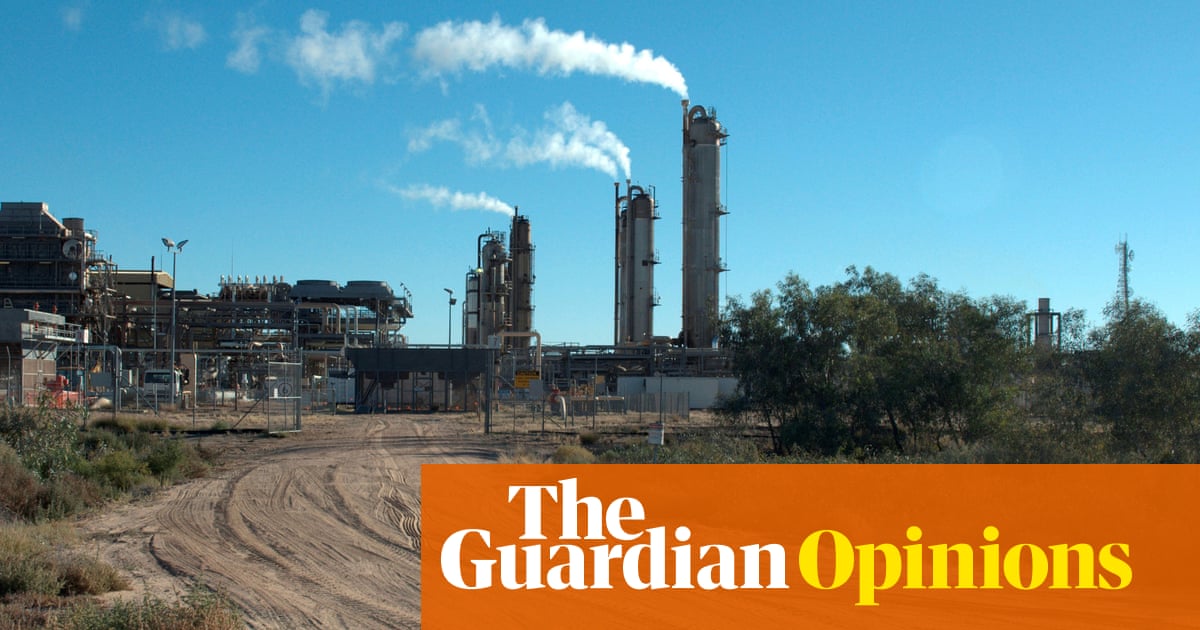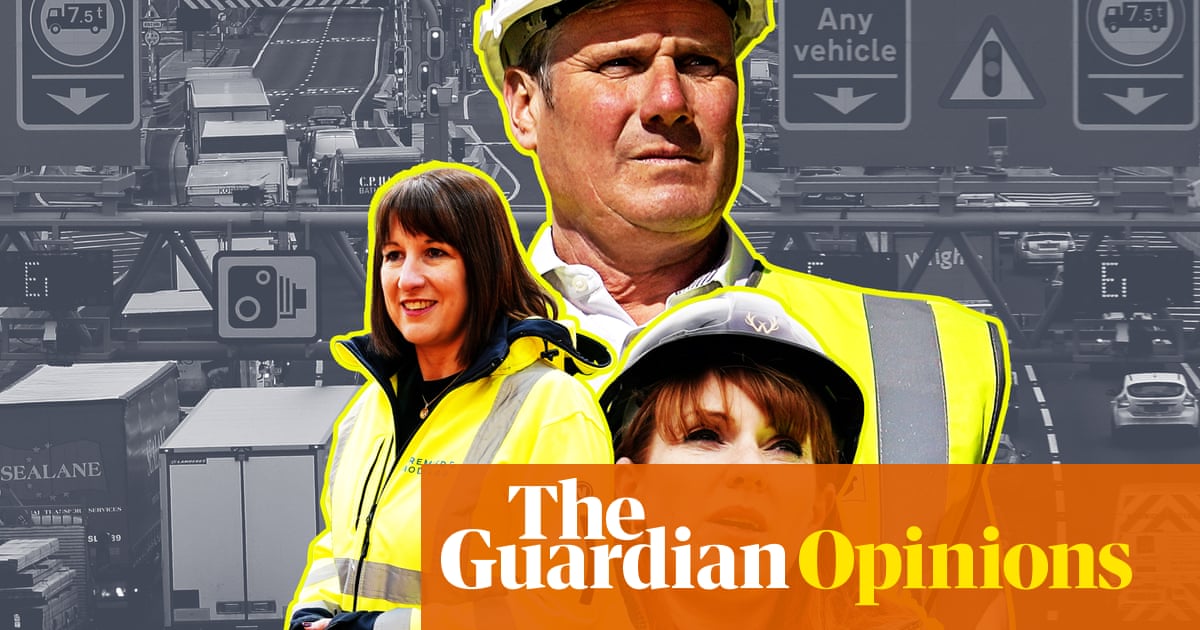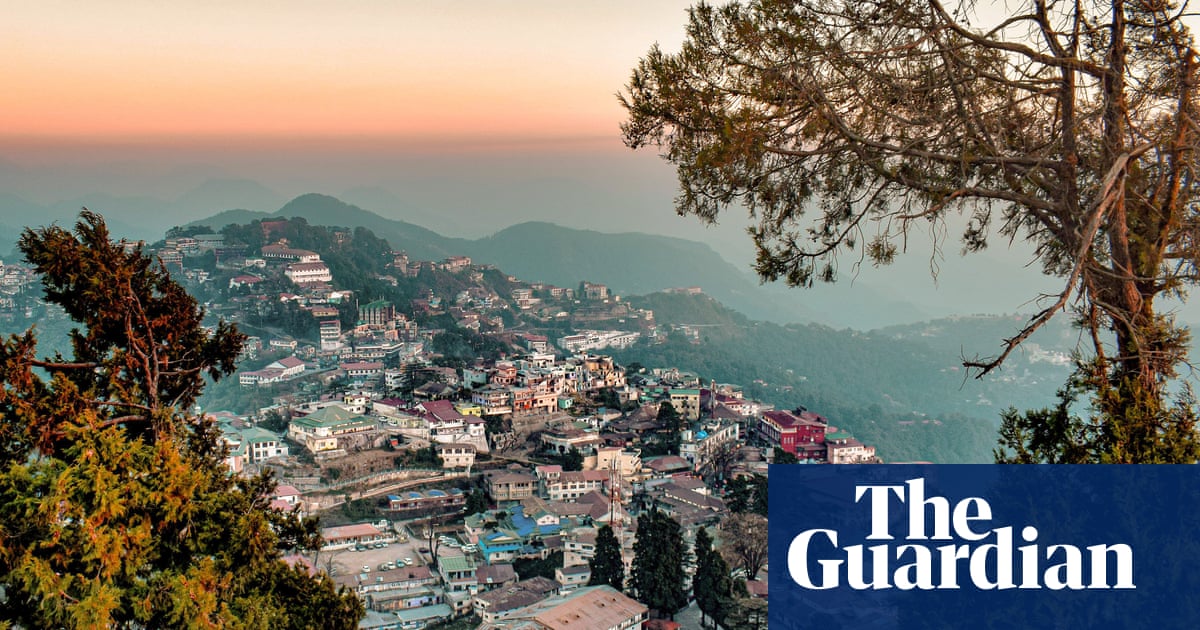New book ‘Hope Dies Last’ tackles humanity’s existential questions » Yale Climate Connections

The environment has always figured prominently in the nonfiction work of Alan Weisman. In the best-known and bestselling of his five previous books, “The World Without Us” (2007), the planet, devoid of humans, became the lone protagonist.
In his new book, “Hope Dies Last,” the independent international journalist, laureate professor of international journalism at the University of Arizona, and producer of radio documentaries profiles the lives and ingenuities of visionaries passionately working to keep humans in Earth’s future.
In countries around the world, often on opposite sides of the globe, Weisman finds people meeting the same critical challenges posed by a changing climate: rising sea levels, new threats to food production and the threats posed by unsustainable production, the degradation of ecosystems and the loss of wildlife habitat, the livability and viability of cities, the lingering impacts of fossil fuel pollution, and the ever-rising demands for energy. In their eyes-wide-open efforts against imposing odds, Weisman finds new reasons for hope.
The following interview has been edited for brevity and clarity.
Yale Climate Connections: Thank you, Alan, for taking the time to speak with Yale Climate Connections. I want first to connect briefly with one of your previous books, “The World Without Us.” In that book, you showed us that the planet per se was not in danger. It would quickly reestablish its equilibria without us. Is your new book an attempt to show that we can still create a future with us?
Alan Weisman: Well, that’s certainly my hope. You know, I didn’t write “The World Without Us” because I want a world without us. My hope was that people would see how beautifully the Earth could heal and restore much of what has been trampled by the excessive behavior of our species. And if readers saw that, then they might think, “Wow, is there some way that we can add ourselves back into that picture, without such a destructive relationship with the rest of nature?”
There are now 8 billion of us on this planet, and they’ll probably be 10 billion of us by the middle of the century. How can we be here without overwhelming the rest of the planet? So I was fascinated by the work of so many different kinds of people that I met who are trying to find us a future.
YCC: Early in the book, you say that hope is a somewhat ambiguous and slippery word. What do you mean by that?
Weisman: The title of the book, “Hope Dies Last,” is an intentional double entendre. We always hope that things will get better. And at the same time, we know that often the odds are stacked against us. So we hope against hope. But we don’t give up hoping.
YCC: Shortly after making that clarification, you say there are four things, each big enough to shake the entire planet, that we need to address. What are they?
Weisman: We’re facing some questions in this century that are existential in their nature. One is, have we inadvertently pushed so many other fellow species off this planet, species that we coevolved with, that we depend upon for our food and for all kinds of other things that they do, filtering the air, filtering the water? Have we pushed so many of them off that we have started a cascade that is ultimately leading to a sixth major extinction that’s going to include ourselves?
Second, the climate. We have lived in balance through most of the history of our species with this very thin layer of air that surrounds the planet. But then we jet-propelled our society because we discovered how to tap the energy that nature didn’t need for its own cycle, the excess carbon it had buried away. We’ve dug it all up, and we’ve burned it, and we’ve created these marvels, including the internet that you and I are speaking to each other with right now. In the process, however, we packed the atmosphere with some invisible gases that [hold heat]. We’re basically baking ourselves right now because we have created the equivalent of a greenhouse overhead. Are we going to be able to stop that process in time? We’re exceeding limits that scientists have warned us we should learn to live within.
The third and fourth are almost inextricably linked.
Modern medicine cut infant mortality and extended our lives. That was combined with enormous accomplishments in agriculture. We learned how to pull nitrogen out of the atmosphere to create fertilizer for our crops. We can now slather it, almost inexhaustibly, on our soil chemically. But the process for creating this synthetic fertilizer, using [methane], is a huge contributor of greenhouse gases.
And then, when fertilizer breaks down in our fields, it feeds soil microbes that give off nitrous oxide, which, after methane, is the third most potent greenhouse gas. Close to 40% of the nitrogen just wafts into the atmosphere. Much of the rest gets into the water, runs downstream, and creates large dead zones in the great river deltas of the world.
Extending our lives and being able to grow more food are wonderful things, but there are unintended consequences.
YCC: So the last factors, three and four, would be the impacts of agriculture and population?
Weisman: Yes, food and population. They’ve created this huge abundance of a species, our own. We and our livestock now outweigh all other mammals. We are 96% of the mass.
YCC: That’s an astonishing statistic! But I think if most people looked at this list of four Earth-shaping factors, they wouldn’t turn next to the marshes of Iraq. Yet you do. Why do you start and end your book in the marshes of Iraq?
Weisman: Well, there is huge symbolic and historic importance to this area. This is known as the cradle of civilization. It’s also an area that many archaeologists presume was the biblical Garden of Eden. So I found this intense capsule of symbolism that tells us so much about ourselves and who we are and so many of things we believe in.
But the marshes of Iraq are also the site of a dramatic environmental story. After the first Gulf War, when the United States had weakened Saddam Hussein severely, there was an uprising in Iraq that tried to topple him. But the Republican Guard that fled from the U.S. forces got back together to massacre a lot of their own people. One of the things they did was to divert the waters of the Tigris and Euphrates to drain this swamp to expose the Shiite rebels. Later, when Saddam was finally deposed, this incredible marshland, which was the biggest wetland in all of the Middle East, looked like a desert.
Then two engineers, Jasom Al-Asadi and Azam Alwash, who grew up along the marshes, wanted to see if it was possible to resuscitate them by adding water back. Biologists said, no, no, no, the roots are all dead now. They said, how do you know unless you try?
For years, they tried to get international aid to come in and help do this, to get the Americans to come in — no success. They finally decided, why don’t we just do it ourselves? So they rented an excavator, and they punched holes through the dike. Water rushed in. For a couple of months, it just looked and smelled horrible. But then, slowly, green shoots started to appear along the edge. And today, when you go in there, it’s this lush marshland. For less than $100, they restored one of the most important ecosystems on Earth. What a wonderful story!
YCC: So you have these four factors you need to address over the course of the book. You have some historical notes you want to strike. What was the process of selecting the other places you incorporated into this huge story?
Weisman: Oh, I was kind of hoping you wouldn’t ask me that question, because I don’t ever know what my process really is. I think of these huge global issues and then I start reading everything I can to understand them. And I ask, what are the attempts to try to do something about them?
Then I let my subconscious take over, and it focuses on different things. I will jump from the marshes of Iraq to a place that is frankly very alien to me, the plasma physics lab at MIT. I don’t have a real technological mind, but when I talked to the physicists at this lab, I discovered they were extremely concerned about what we are doing to the climate. They’re also concerned about the demands for energy.
So they’re looking at a potentially limitless source of clean energy: fusion energy. It’s the stuff that makes the stars shine. It’s totally elegant, but it’s been very hard to achieve on Earth.
The scientists at MIT have had a fusion program, with a Tokamak reactor, going for years, but it wasn’t successful. Finally, the Department of Energy decided to pull the plug. That put the head of the plasma physics lab up against a wall. He was nearing 50, he had dedicated his career to this thing, and now federal funding was going. He needed a breakthrough. So he challenged his students, a class in fusion reactor design that he taught every year, to come up with a solution.
They have now successfully spun off that class into a startup, one of the most successful in terms of fundraising anywhere in the United States. Billions of dollars are being invested by venture capitalists; they know the world is going to need this kind of energy source. If it works, we would be able to cleanly power the great tech revolution we’re having right now.
YCC: Several of your chapters are about energy, but there are also large stretches of your book that are about food. We’ve already talked about nitrates. Can you tell us about one of the alternatives to fertilizer that you cover?
Weisman: As I mentioned earlier, agriculture, because of its use of artificial fertilizer, is one of the biggest contributors to greenhouse gases. We just can’t keep doing it this way. We’re not going to win the climate battle, and we’re going to be doing terrible damage downstream.
So I looked at one company that is trying to coat the seeds for all the grains we grow with a microbial brew they concocted that would basically imitate what legumes do: capture nitrogen.
I went to a farm up north of Utica, New York, that was trying this out. The test strips where they were applying the product were noticeably greener, and this was during a dry time. And the silage, which was being tested scientifically, had both a higher nutritional percentage and was more digestible for cows as well. (The reason why I mentioned cows is that this was a dairy farm; they grow a lot of corn and other silage to feed to these cows.)
This product saves farmers money because fertilizer is a huge expense for them. It also saves a lot of wear and tear on their land and equipment. Farmers who are using this stuff don’t have to go over their fields with tractors to spray fertilizer on the rows again and again. This was very encouraging to me.
YCC: Right. My favorite story is the one you tell about Chef Angel Leon and eelgrass rice. This guy is an avid experimenter with all kinds of foods. And your encounter with him leads to a 15-course dinner.
Weisman: Yeah, unfortunately for research purposes, I was forced to eat a three-star Michelin meal. Journalism’s hard work, what can I tell you?
YCC: I want to get to that, but I have a prior question. While I was reading your book, I came across a New Yorker essay about John McPhee, best known for his roadside geologies, by Elizabeth Kolbert, the author of popular books on climate change. She recounted McPhee’s advice to authors, which was that authors should stay out of their stories. You seem to follow that advice throughout your book. You’re clearly in the scenes. People are clearly interacting with you. But at the same time, you’re invisible. And with this dinner, I really wanted your taste buds in the story. I’m curious about your choice.
Weisman: Well, thank you very much! You’ve asked a really important question. When a journalist like myself goes to so many places – I’ve been to over 60 countries – I’ve got stories I could tell about what happened to me. But the importance of the work or the situations that I am describing, that’s where the spotlight should go.
In this story, you don’t hear what I tasted, what I thought about the meal, but you do hear the reactions of the people I was eating that meal with, two scientists who have been working for years with an Indigenous tribe in Mexico, the Seri Indians, who harvested eelgrass.
Angel Leon, the immensely creative chef in southern Spain who had already earned Michelin stars by using all the parts of fish, along with plankton and sea worms, to keep in balance with the sea around him, read a paper about how the Seri had harvested this eelgrass for its grain. He contacted the two American scientists who wrote the paper to arrange a cultural interchange. He wanted to see if eelgrass could be domesticated. It turns out that’s really hard to do, but they are still trying. He has put over half a million euros of the profits from his three restaurants into this venture.
It’s a wonderful human story. But whether we can domesticate a grain from the seas and turn it into a flour we could have in abundance, we still don’t know. This is just one of the many experiments being done to see if we can live sustainably on this planet.
Every so often in your book, one encounters the United States Agency for International Development. In your estimation, how much hope has been lost by the destruction of USAID by Trump and Musk?
Weisman: USAID has provided so much help throughout the world. There were years back when I used to criticize it because it was basically a propaganda arm for the government. But when I was researching my book “Countdown,” about population, I saw all the good USAID has done, the family planning programs that it has funded throughout the world, including in countries that hated the United States. These programs empowered women. They allowed women to make choices, and they allowed girls to stay in school. That will be lost until USAID is reinstated.
The United States is now pretending it can exist in isolation. It’s the ostrich with its head in the sand pretending that the rest of the world doesn’t exist. Pretending that the climate is not crashing down on us because we are burning fossil fuels for energy rather than tapping clean energy in the many other ways we know we could.
But in a way, the Trump administration, while terrifying, is also clarifying. We can now see the two sides really, really well. There’s a clear choice. The many people I portray in this book, from so many walks of life, have led me to believe that there’s still hope that we will make the right choice. Although I was looking at very sobering problems, I was so uplifted when I finished writing this book. These people have refilled me with hope.






